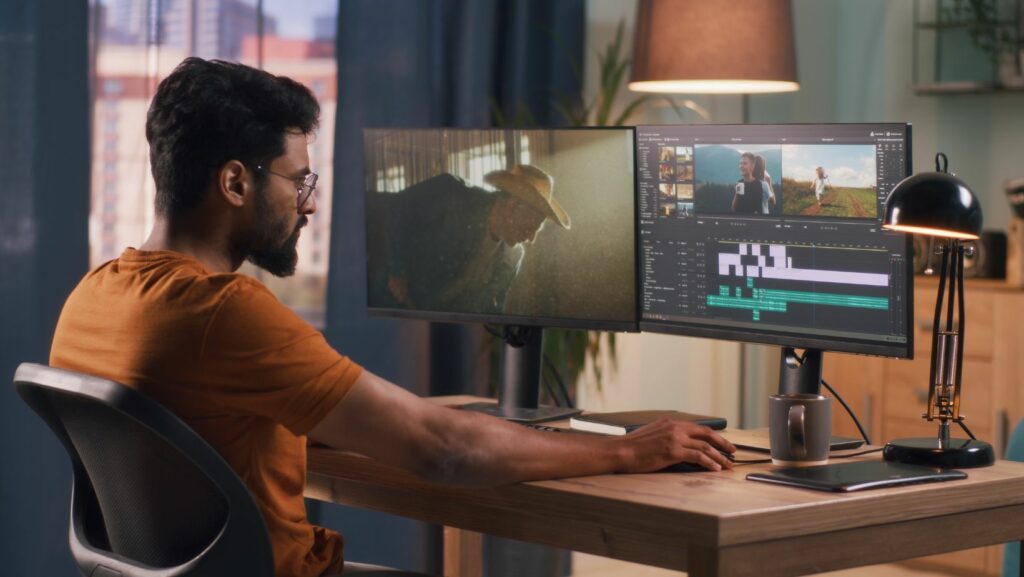In the ever-evolving world of music, DJs constantly push boundaries to create unforgettable experiences. Advanced DJ mixing techniques are at the heart of this innovation, transforming ordinary sets into mesmerizing soundscapes. As technology advances, DJs are equipped with a plethora of tools and methods to elevate their craft, blending tracks seamlessly and introducing dynamic elements that captivate audiences.
Whether you’re an aspiring DJ or a seasoned professional, exploring these advanced methods will undoubtedly enrich your musical journey. Dive into the world of advanced DJ mixing and discover how to transform your sets into extraordinary auditory adventures.
Understanding DJ Mixing Techniques
Effective DJ mixing techniques set the baseline for creating dynamic audio experiences. DJs utilize beatmatching, aligning the beats of two tracks, to ensure smooth transitions. This skill requires timing, precision, and a good ear. They also employ EQ adjustments to balance frequencies, allowing certain elements to shine without overpowering the mix.

Phrase mixing involves blending specific parts of tracks at strategic points, enhancing the flow and energy. DJs use looping to repeat sections of a track, constructing innovative soundscapes. Phrasing and looping offer creative freedom, enabling unique performances.
To create cohesive sets, harmonic mixing plays a crucial role, ensuring tracks harmonize musically. This technique involves key detection and matching, creating seamless transitions by aligning musical keys.
Essential Equipment for Advanced Mixing
Advanced DJ mixing techniques rely heavily on high-quality equipment. Choosing the right tools enhances performance, allowing DJs to deliver seamless and innovative soundscapes.
Turntables and Controllers
Turntables provide tactile control essential for vinyl mixing. They offer precise manipulation of sound, crucial for scratch techniques. Modern controllers, on the other hand, integrate hardware and software, streamlining tasks. Controllers often include multifunctional pads and jog wheels, supporting complex mixes. They cater to digital tracks, facilitating advanced DJ mixing techniques by offering features like built-in effects and extensive connectivity.
DJ Software and Effects

DJ software provides powerful capabilities, enriching the musical experience. The software allows for intricate beatmatching and harmonic mixing through visual interfaces. Built-in effects like filters and echo are critical, adding depth and texture to performances. Performance-focused software also supports live remixing, enabling DJs to alter tracks on the fly. By leveraging DJ software, artists craft unique and engaging experiences, pushing the boundaries of creativity.
Advanced DJ Mixing Techniques
Crafting a flawless mix is pivotal in advanced DJ mixing techniques, ensuring transitions sound smooth and polished. Achieving this demands mastery of several core skills.
Beatmatching and Synchronization
Beatmatching forms the bedrock for fluid transitions. By aligning the beats of two tracks, DJs ensure a steady flow within their sets. Synchronization tools, found in most DJ software, help achieve precise alignment quickly. However, relying on one’s ear to manually adjust beats enhances flexibility and control, allowing for more creative and spontaneous mixes.
Harmonic Mixing

Harmonic mixing elevates sets by ensuring musical compatibility. DJs match tracks with complementary key signatures, creating seamless transitions without harmonic discord. Software often aids this process by indicating the musical key, but experienced DJs intuitively select tracks that naturally complement each other.
Creative Transitions
Creative transitions set DJs apart in the competitive world of music performance. By mastering unique techniques, they craft seamless performances that captivate audiences.
Cutting and Scratching
Cutting and scratching bring a dynamic edge to DJ sets. These techniques involve manipulating vinyl records or digital tracks to add rhythmic flourishes. DJs cut between tracks to create abrupt transitions that energize crowds. Scratching, a hallmark of hip-hop, uses quick, rhythmic movements to manipulate tracks and introduce percussive elements.
Mashups and Remixes
Mashups and remixes offer endless creative possibilities. DJs skillfully blend two or more tracks, fusing melodies and rhythms into a cohesive piece. Mashups highlight a DJ’s ability to identify compatible tracks and execute flawless transitions. Remixes allow DJs to reimagine songs, incorporating new elements while preserving the original’s essence.
Whether it’s through innovative transitions or the strategic use of effects and looping, DJs have the tools to push their boundaries. Embracing these advanced methods allows DJs to engage dynamically with their audience, ensuring their musical journey remains vibrant and impactful.



